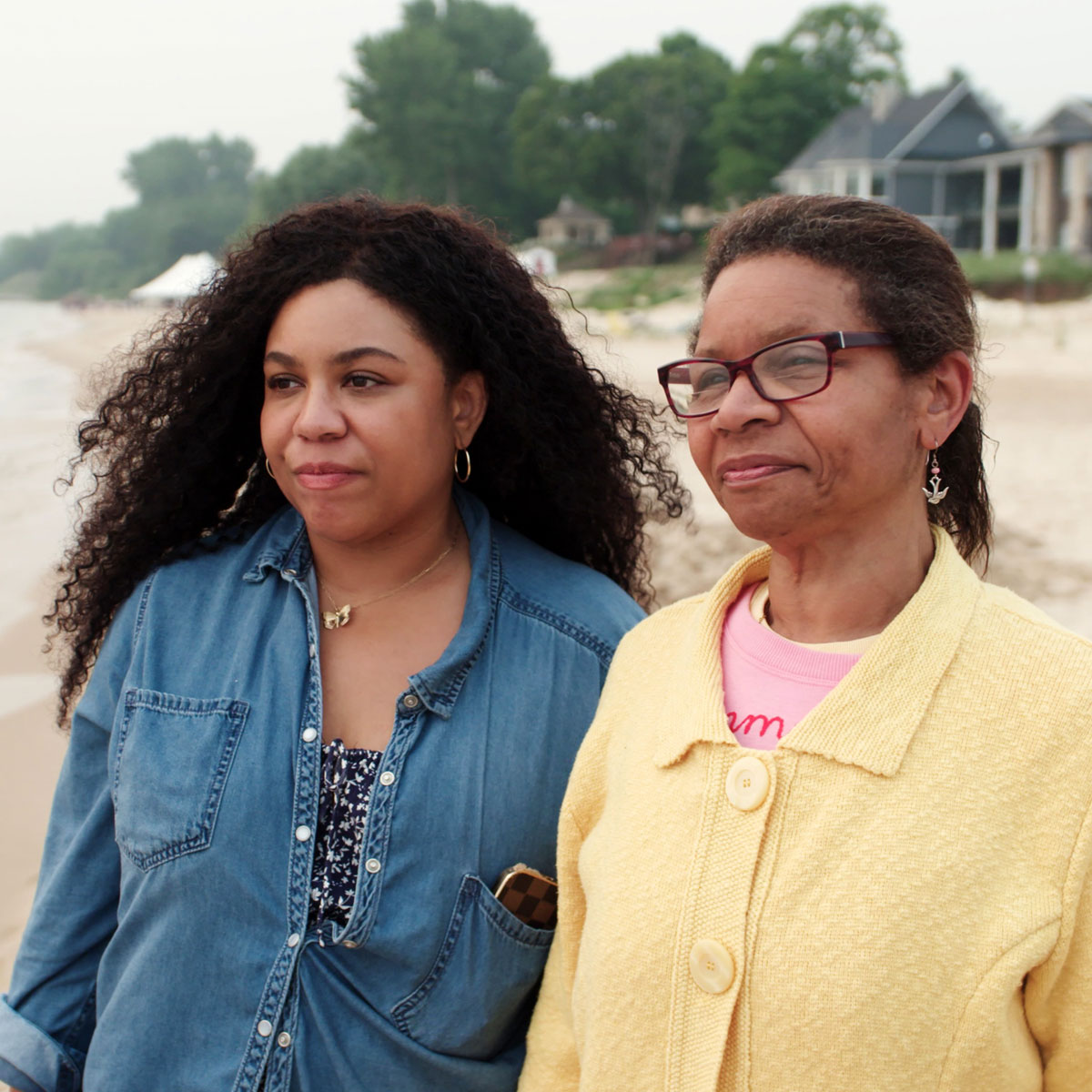Vivien’s Wild Ride
Premieres January 26, 2026
Directed by
Vivien Hillgrove
When her eyesight begins to fade, a film editor reimagines belonging and what it truly means to see.
Watch Now

Children of Las Brisas
In Venezuela, the power of music is put to the test for El Sistema youth orchestra.
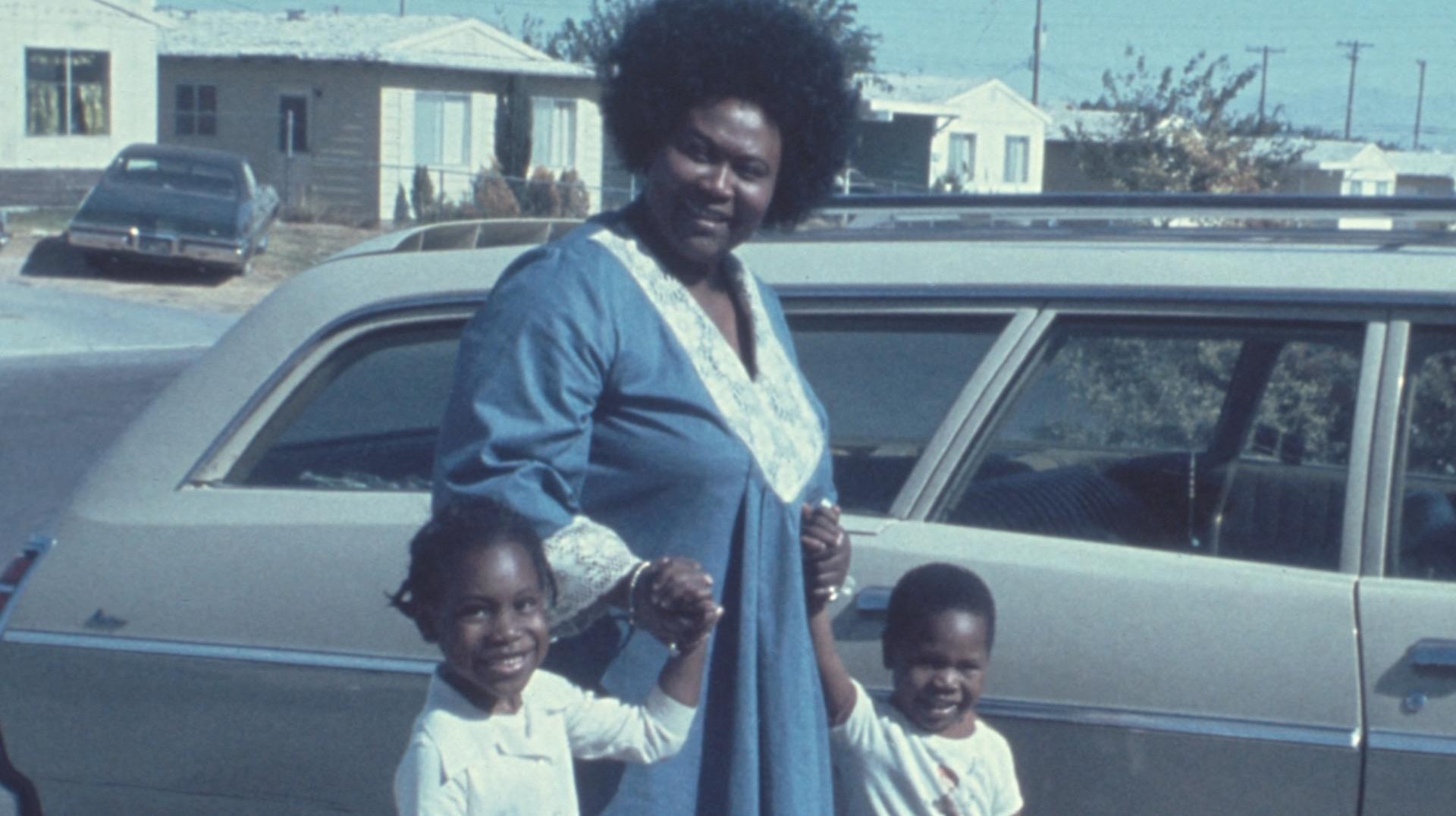
Storming Caesars Palace
How Vegas activist Ruby Duncan's grassroots movement of moms fought for basic income guarantee.
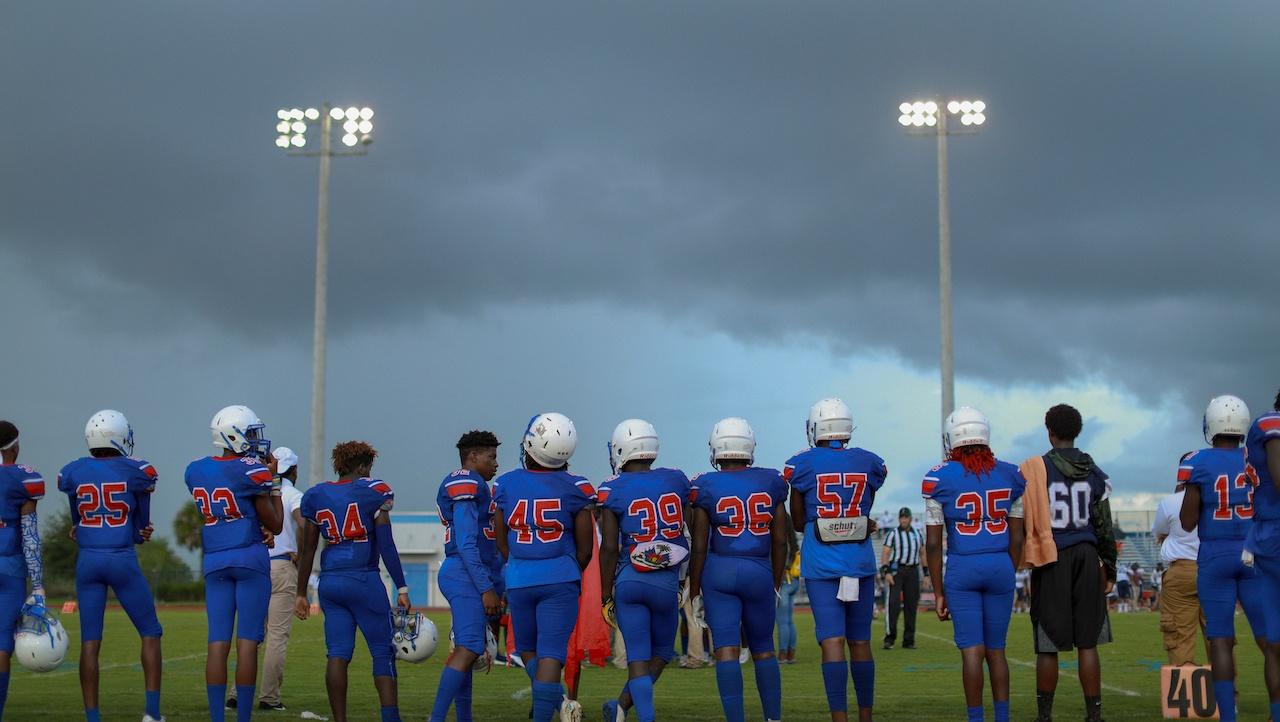
Outta the Muck
The people of Pahokee rise “outta the muck” to celebrate family history and big-time football.

Silent Beauty
One woman’s journey to heal from childhood sexual abuse evolves into a family bonding over generational trauma.
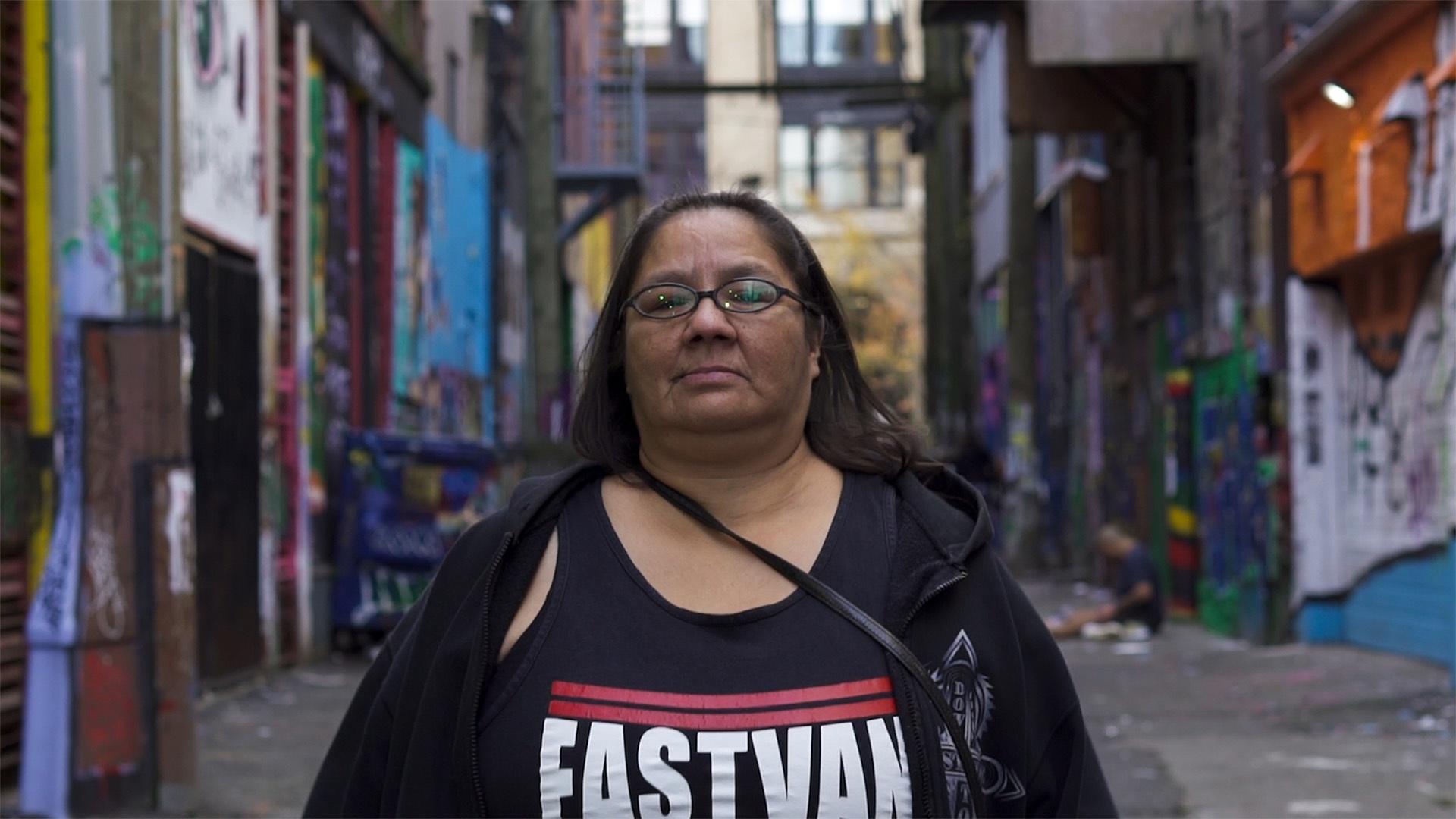
Love in the Time of Fentanyl
A supervised drug consumption site gives hope to a marginalized community ravaged by the overdose crisis.
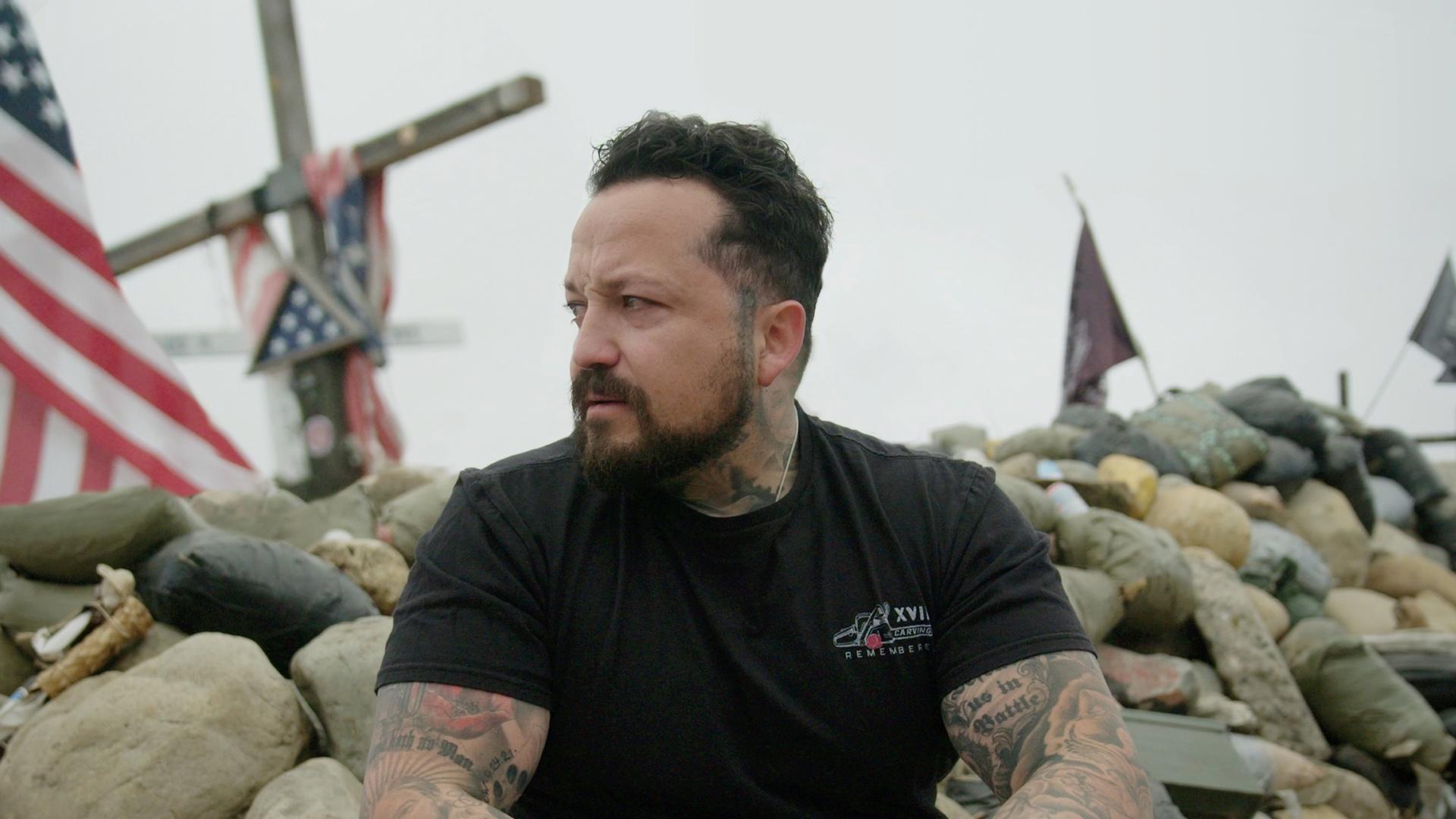
Make Peace or Die: Honor the Fallen
A Marine veteran hand-carves battlefield crosses to reconnect with Gold Star families of the fallen and find healing.



